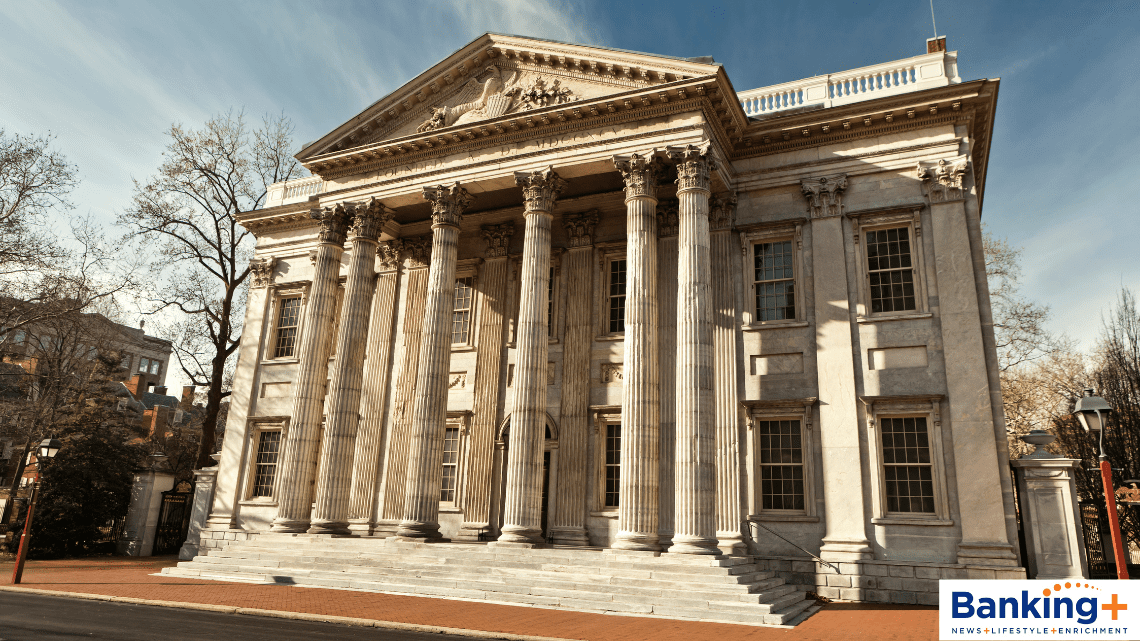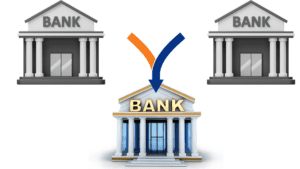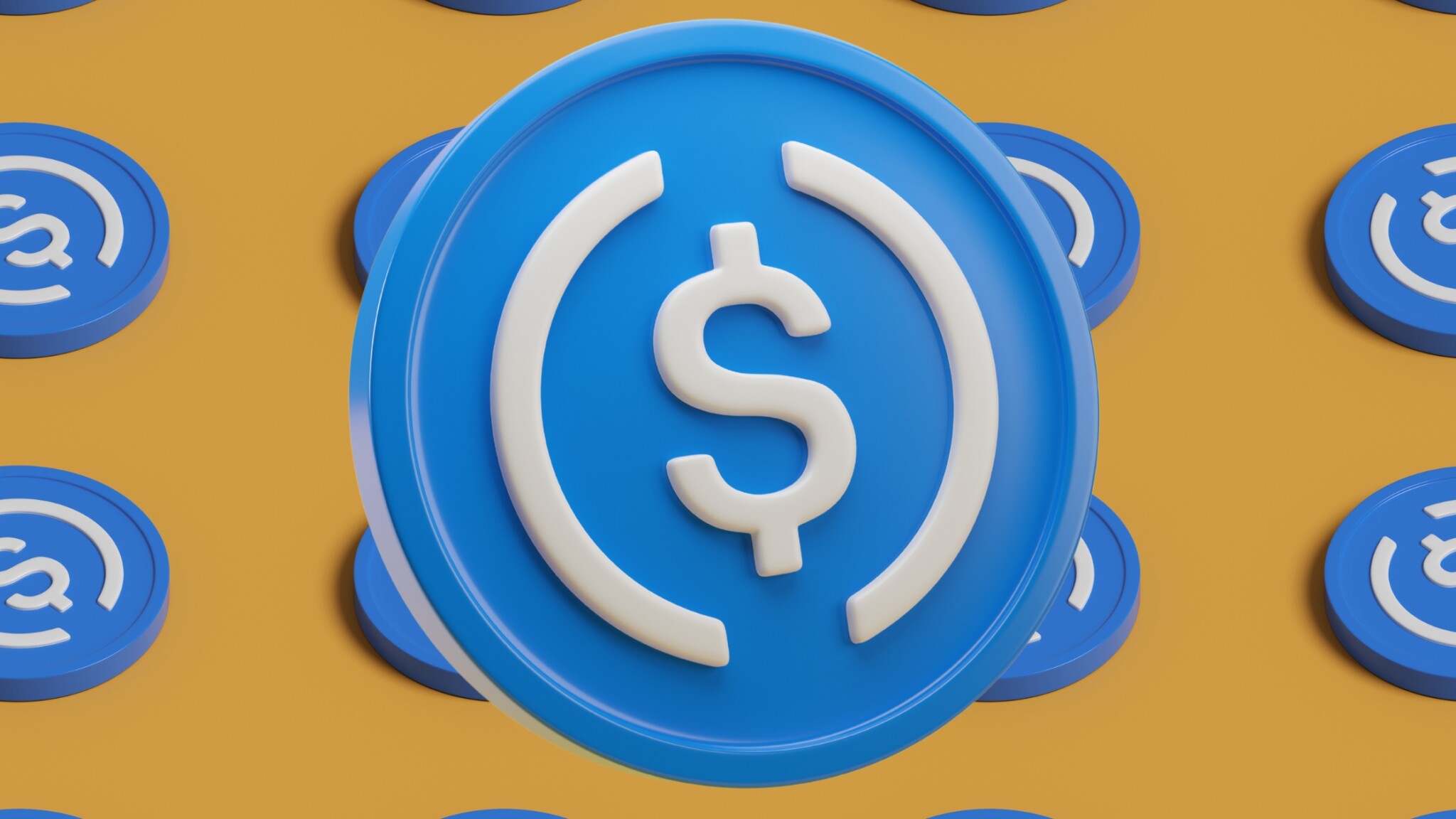If the history of central banking system in the United States were a film, it would be a sweeping epic, full of turbulence, innovation, instability, debate, growth, and enduring transformation.
Its script would overflow with tension between economic control and the delicate balance of power. The result is a compelling narrative, illustrating how central banking in America shaped the nation’s financial landscape and its ongoing role in the global economy.
- The First Bank of the United States (1791-1811)
- The Second Bank of the United States (1816-1836)
- The “Free Banking” Era (1837-1863)
- National Banks After the Civil War (1863-1913)
- The Birth of the Federal Reserve (1908-1913)
- The Modern Federal Reserve System
- The Fed’s Role in Politics & Economics
- The Future of Central Banking
The First Bank of the United States: A Hamilton Experiment (1791–1811)
Financing the Revolution and Establishing Credit
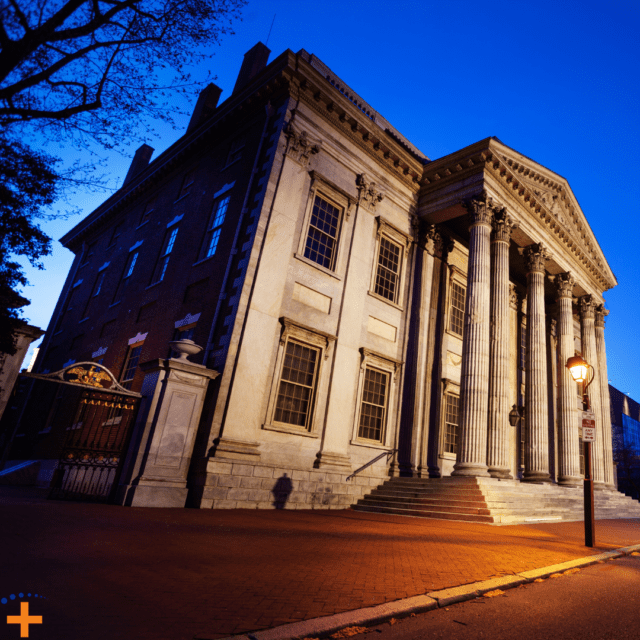
The First Bank of the United States was established in 1791 under Alexander Hamilton’s guidance as the first Secretary of the Treasury.
As described in Hamilton’s 2004 biography, the young nation faced significant debt from the Revolutionary War, and Hamilton’s vision aimed to:
- Stabilize the economy
- Establish credit
- Provide a reliable currency
The bank was chartered for 20 years with a capital of $10 million, one-fifth funded by the federal government and the rest by private investors, marking a pioneering public-private partnership.
A Model of Public-Private Partnership
The bank served as a fiscal agent for the federal government, collecting taxes, making payments, and holding public funds. By issuing banknotes redeemable in gold and silver, it promoted monetary stability. Its operation, however, was constrained by political opposition from those who feared excessive federal power and favored agrarian interests.
Early Challenges and Ultimate Demise
Despite its successes, the First Bank of the United States faced criticism from Jeffersonian Republicans, who viewed it as unconstitutional and overly favorable to wealthy elites. The charter was allowed to expire in 1811 after Congress narrowly voted against the First Bank’s renewal.
The Second Bank of the United States (1816-1836)
Rebuilding the Financial System After the War of 1812
The financial disarray following the War of 1812 highlighted the need for a national bank. In 1816, the Second Bank of the United States was chartered to restore order, facilitate economic growth, and stabilize the currency.
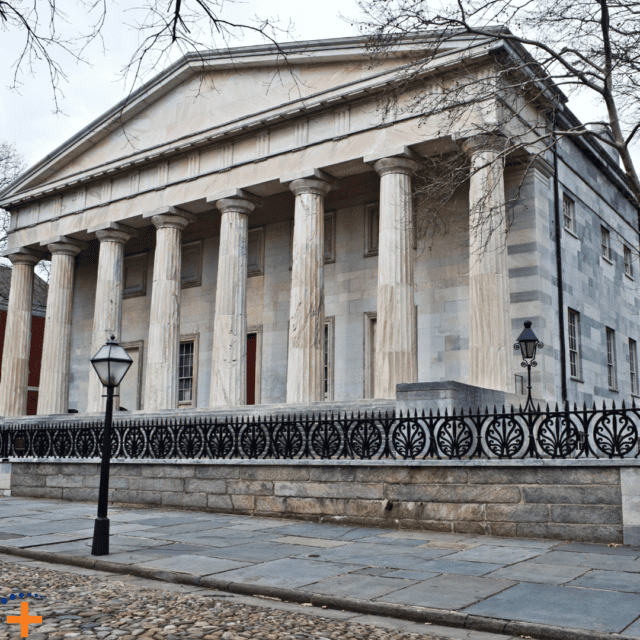
Nicholas Biddle and the Bank’s Golden Age
Under the leadership of American financier Nicholas Biddle (1823–1836), the Second Bank of the United States flourished, acting as a quasi-central bank by regulating state banks, curbing inflation, and supporting economic expansion. It became a powerful institution in American finance.
The Battle with Andrew Jackson and the Bank’s Downfall
President Andrew Jackson viewed the bank as an emblem of elitism and corruption. Jackson’s veto of its recharter and subsequent withdrawal of federal deposits in 1833 initiated the bank’s demise. The charter overseeing the Second Bank expired in 1836, leading to a period of state-chartered and unregulated banking.
The “Free Banking” Era: State-Chartered Banks and Financial Instability (1837–1863)
State-Chartered Banks
During the Free Banking Era, state-chartered banks proliferated, issuing their own currencies and operating without federal oversight. This decentralized system led to frequent bank failures and financial instability.
The Suffolk System: A Quasi-Central Bank
The Suffolk Bank System in New England acted as a clearinghouse for banknotes, promoting currency redemption and reducing counterfeiting. Its influence in the history of the financial services industry was encapsulated in The Suffolk Bank and the Panic of 1837. Though limited in scope, it demonstrated the benefits of coordinated banking practices.
New York Clearinghouse Association: Early Banking Payment System
Established in 1853, the New York Clearinghouse standardized interbank payments, enhancing efficiency and trust in the financial system. It set the stage for modern central banking functions.
National Banks: Unifying the Currency After the Civil War (1863–1913)
The National Banking Act and Uniform Currency
The National Banking Acts of 1863 and 1864 aimed to stabilize the banking system and create a uniform national currency. Banks chartered under this system issued notes backed by federal bonds.
The Panic of 1873 and the Need for Reform
The Panic of 1873 revealed weaknesses in the national banking system, including insufficient liquidity and an inability to respond to crises effectively.
The Panic of 1893 and the Role of J.P. Morgan
The financial turmoil of 1893 further underscored the need for a central monetary authority. J.P. Morgan’s intervention, orchestrating private-sector bailouts, highlighted the limits of ad hoc solutions.
The Birth of the Federal Reserve: A New Era of Central Banking (1908–1913)
The Aldrich-Vreeland Act and Emergency Currency
Passed in 1908, the Aldrich-Vreeland Act allowed banks to issue emergency currency during financial crises, serving as a temporary measure following the Panic of 1907.
The National Monetary Commission
The National Monetary Commission, established under Senator Nelson Aldrich, studied banking systems worldwide, recommending a central bank to prevent panic and stabilize the economy.
The Glass-Owen Act and the Creation of the Federal Reserve System
In 1913, the Glass-Owen Act established the Federal Reserve System, introducing a decentralized central bank structure to balance regional and national interests. It marked a pivotal moment in U.S. financial history.
The Current Federal Reserve System and Policies
The Federal Reserve System, established by the Federal Reserve Act of 1913, is unique among central banks due to its decentralized framework. This system balances the interests of the public and private sectors while addressing the diverse economic needs of the country. Unlike fully centralized central banks, the Federal Reserve combines elements of public oversight with private sector input, fostering independence and flexibility.
The Role of the Board of Governors and the Federal Open Market Committee
At the heart of the Federal Reserve’s governance is the Board of Governors, headquartered in Washington, D.C. Comprising seven members appointed by the President and confirmed by the Senate, the Board oversees the entire Federal Reserve System, shaping national monetary policy and supervising financial institutions.
The Federal Open Market Committee (FOMC), a critical component, includes the seven Board members and five rotating regional Federal Reserve Bank presidents. The FOMC sets monetary policy through tools like interest rate adjustments and open market operations, ensuring economic stability.
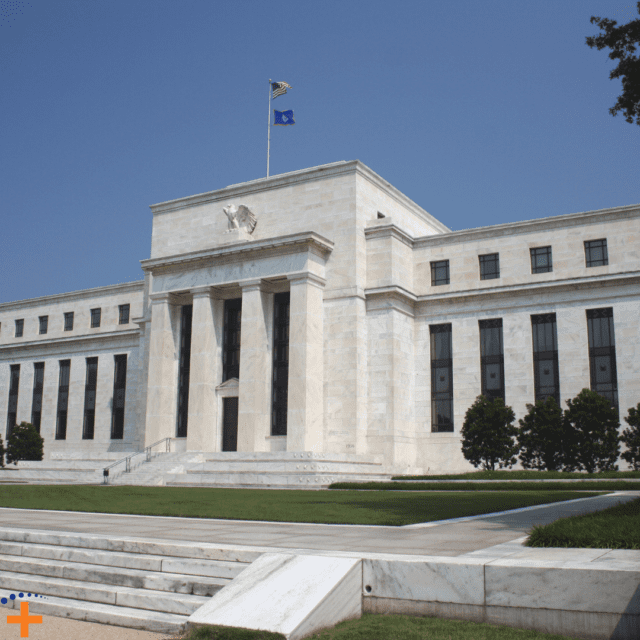
Federal Reserve and Monetary Policy
The Federal Reserve’s decentralized structure is further exemplified by its 12 regional Federal Reserve Banks, each serving a specific district. These banks operate semi-independently, gathering economic data and implementing monetary policy locally. This structure ensures that diverse regional perspectives contribute to national policy decisions, a crucial feature in a country as economically varied as the United States.
The Federal Reserve employs three primary tools to influence the economy: open market operations, the discount rate, and reserve requirements.
- Open market operations involve the buying and selling of government securities to regulate the money supply.
- The discount rate refers to the interest rate charged to commercial banks for borrowing directly from the Federal Reserve.
- Reserve requirements dictate the minimum reserves banks must hold, directly influencing lending capacity.
Together, these tools help the Fed control inflation, stabilize the currency, and promote sustainable growth.
The Great Depression and the Evolution of Monetary Policy
The Great Depression (1929–1939) marked a turning point for Federal Reserve policy. Initially criticized for not responding aggressively to economic collapse, the Fed later adopted more proactive measures, laying the groundwork for modern monetary policy. The lessons learned emphasized the importance of flexible responses to economic crises, shaping the institution’s evolution.
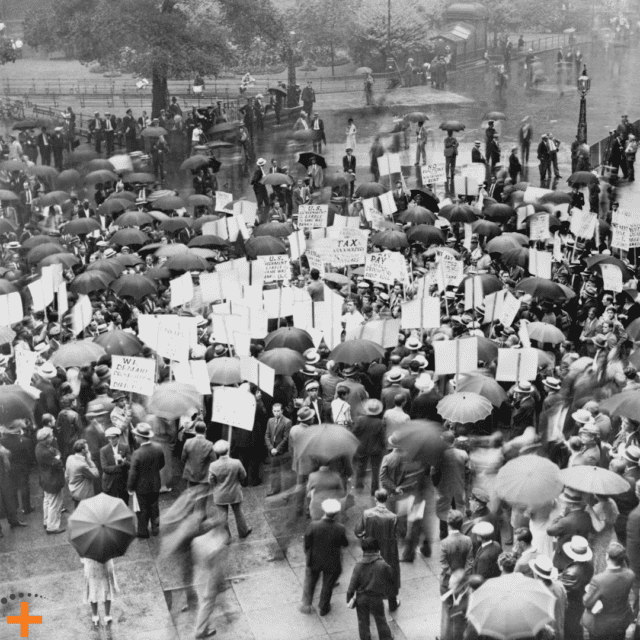
The Fed’s Dual Mandate: Price Stability and Full Employment
Congress formalized the Federal Reserve’s dual mandate through the Humphrey-Hawkins Act of 1978, charging it with maintaining price stability and promoting maximum sustainable employment. This dual mandate continues to guide the Fed’s monetary policy decisions, balancing inflation control with economic growth objectives.
The Fed’s Role in Politics & Economic Policy
The Fed’s Independence and Accountability
The Federal Reserve’s independence is vital for effective monetary policymaking. While it operates independently of political influence in day-to-day decisions, the Fed remains accountable to Congress, reporting biannually and undergoing regular audits to maintain transparency and public trust.
Congressional Oversight and Presidential Influence
Though designed to be apolitical, the Federal Reserve often operates in the crosscurrents of political influence. Presidents appoint Board members, and Congress can amend the Federal Reserve Act, reflecting the institution’s balance of independence and democratic accountability.
The Fed’s Role in Economic Policy
The Federal Reserve frequently plays a central role in economic policy debates, addressing issues ranging from inflation to financial regulation. Its actions significantly influence fiscal policy discussions, showcasing its integral role in the broader economic landscape.
The Fed’s Role in 2008’s Financial Crisis
The 2008 financial crisis tested the Federal Reserve’s capacity for crisis management. The Fed employed unconventional tools such as quantitative easing, purchasing large volumes of securities to inject liquidity into the market. It also cut interest rates to near-zero levels, helping stabilize the financial system and encouraging economic recovery.
COVID-19 & the Fed’s Active Response
During the COVID-19 pandemic, the Federal Reserve acted swiftly, implementing emergency measures to prevent economic collapse. It expanded asset purchases, provided direct support to credit markets, and introduced new lending facilities to sustain businesses and households. These unprecedented actions underscored the Fed’s critical role during economic shocks.
The Future of Central Banking
Looking ahead, central banking faces challenges including digital currencies, climate change’s economic implications, and evolving global financial interconnectivity. The Federal Reserve must adapt its tools and policies to maintain economic stability and meet emerging demands, ensuring its relevance in a rapidly changing world.

